By Louise Irvine
Halloween is the second-largest commercial holiday in America and the stores are now piled high with pumpkins and Jack-o’-lanterns for seasonal decor. At the WMODA shop, we are featuring glass pumpkins by local artists, Rob Stern and Josh Fradis, as well as miniature ceramic lanterns by Alex Meiklejohn. But how did the pumpkin become such an important icon for Halloween?
Pumpkins are a type of squash first found in Central America and introduced to the north by Native Americans who planted them, roasted the flesh for food, and ate the seeds as medicine. At one time, people believed that pumpkins could be used to remove freckles and heal snake bites. The first English colonists were introduced to this plentiful crop and pumpkins became a traditional part of the Thanksgiving feast. However, it was Irish and Scottish immigrants in the southern states who adopted pumpkins for their Halloween festivities.
Halloween
Halloween in America is a melting pot of religious and pagan traditions from various cultures. November 1 is the Christian feast of All Saints Day, which is also known as All Hallows Day meaning holy day. On All Hallows Eve, a thousand years ago, Christians in Britain would ask for God’s blessing and protection from evil. Dressed as saints or evil spirits, they would enact the battle between good and evil around huge bonfires. Many of the rituals derive from the ancient Celtic festival of Samhain in honor of the lord of death that marked the end of the harvest and the beginning of the new year. The Celts believed that the world of the living and the dead came together on this day. Mischievous spirits could cause trouble and torches were kindled to drive them away.
Jack-o’-Lanterns
When Scottish and Irish immigrants arrived in the US in the 1800s, they brought their Halloween customs with them and these gradually merged with local harvest festivals. Families would gather around a fire telling ghost stories and playing games such as bobbing for apples. Originally, they carved scary faces on turnips to ward off evil spirits but in America they preferred to use pumpkins which were readily available and easier to carve. They are known as Jack-o’-lantern after an Irish folktale about Stingy Jack who tricked the devil. This unsavory character was denied entrance to both heaven and hell. The devil condemned Jack to roam on earth for eternity and sent him off with only a burning coal to light his way. Carved Jack-o’-lanterns lit with embers or candles were placed at windows and doors to frighten off wandering evil spirits like Jack.
Cinderella Pumpkins
Jack-o'-lanterns were the most popular symbol of Halloween on greeting cards made for the American market by the British publisher, Raphael Tuck, in the early 1900s. Although round orange pumpkins are often favored for Halloween, there are over 30 varieties in different shapes, sizes, and colors. One of the best for baking is the Cinderella pumpkin, a large flat shape that originated in France and is named after the Disney film of 1950. Cinderella’s fairy godmother transformed a pumpkin into a magical coach but warned it would turn back to its original form at the stroke of midnight.
Pumpkins in Pottery
Pumpkins and gourds have inspired ceramic artists to explore the forms and textures of the fruits. During the Art Nouveau era, adventurous potters began creating ribbed and squashed pots inspired by nature. Edwin Martin, one of the Martin Brothers, manipulated the clay to create abstract textures derived from animals and vegetables. Edwin visited the London Zoo, Kew Gardens, and the Natural History Museum to observe nature and source ideas. Salt-glazed stoneware vases with surface patterns of skin, scales, fur, and fruits emerged from their kilns in the 1890s. The restrained color palette, stylized shapes, and matt surfaces of these naturalistic designs appealed to the aesthetic of the Arts & Crafts movement and attracted a new audience to the Martin Brothers pottery. By the early 1900s, their work rivaled the abstract designs of the more famous French studio potters.
Local potter, Alex Meiklejohn is a huge fan of the Martin Brothers and he visits WMODA regularly to explore the collection and study their glaze effects. He specializes in miniature pottery and he often demonstrates the art of throwing ceramic art on the potter’s wheel. Alex has created tiny Jack-o’-lanterns, less than an inch tall, for Halloween décor in dollhouses.
The Royal Doulton Potteries in London also experimented with natural forms and textures, particularly in the work of Harry Simeon. Like many potters of his day, he looked to China for inspiration where gourds have a symbolic meaning as well as a practical purpose. Gourds have been dried and used for transporting water, wine, medicines, and magic potions for thousands of years but in Chinese culture they are decorated as an art form and used as charms to scare away evil spirits and diseases. In some areas of China during Autumn festivals, the fast-growing gourds are taken from the fields and displayed at home in the hope of bearing more children.
Pottery shapes in the gourd forms were popular in China and were copied by the Royal Doulton Potteries when they produced their reduction-fired rouge flambé glazes. Pumpkin and calabash shapes were favorites of the Art Director, Charles Noke, and he decorated them in many experimental glazes.
Pumpkins in Glass
Pumpkins and gourds have inspired the glass artists at WMODA to create seasonal table decorations for Halloween and Thanksgiving. Check out the blown and molded glass pumpkins by Rob Stern and Josh Fradis - they make excellent gifts for the calorie-conscious during the Holidays instead of a pumpkin pie!
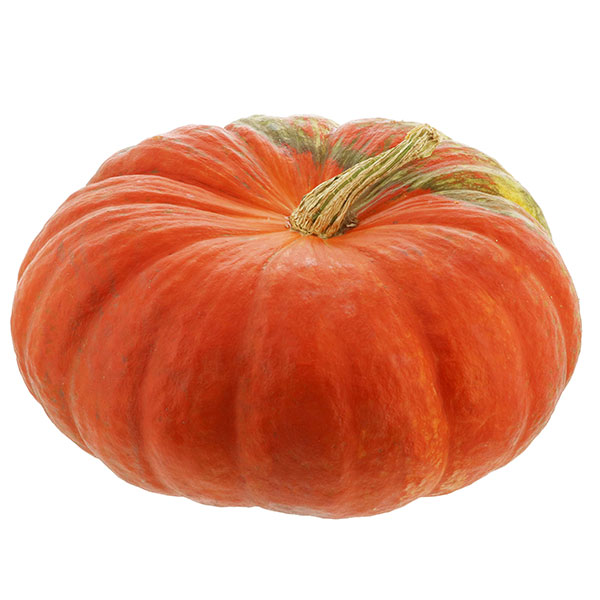
Cinderella Pumpkin
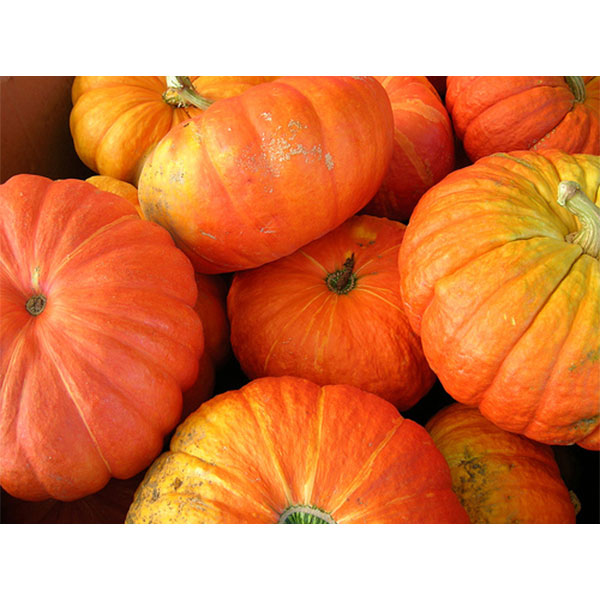
Pumpkins
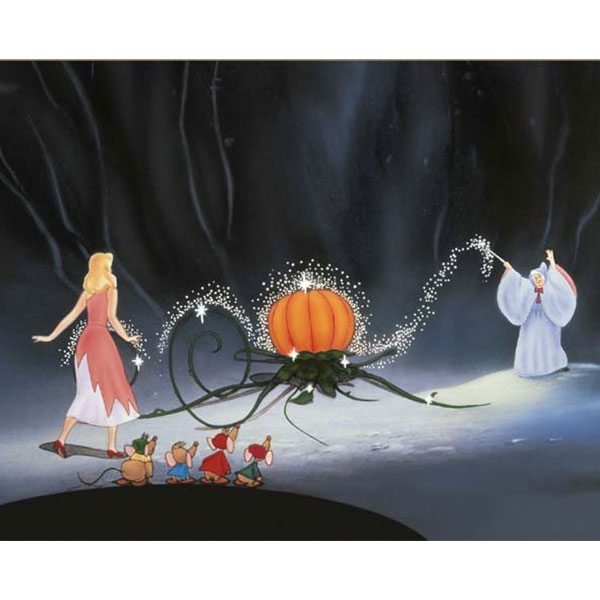
Cinderella's Pumpkin Coach

Lladro Cinderella's Arrival detail

Royal Doulton Prototype
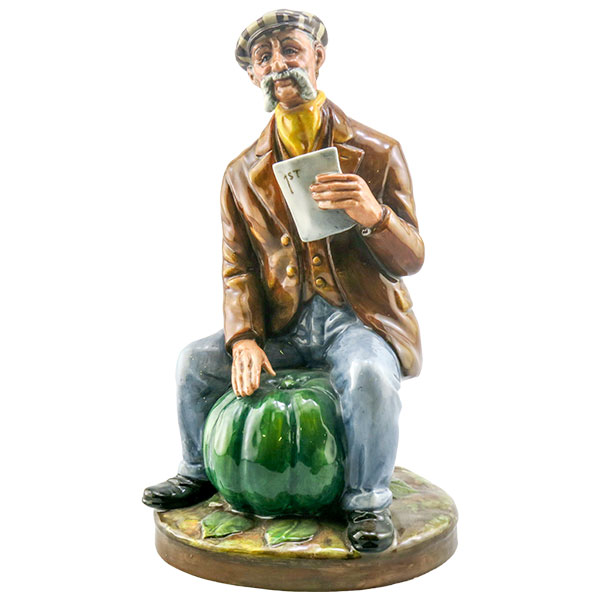
Royal Doulton Prototype Prize Pumpkin

Dulwich Studio Pumpkin Lady
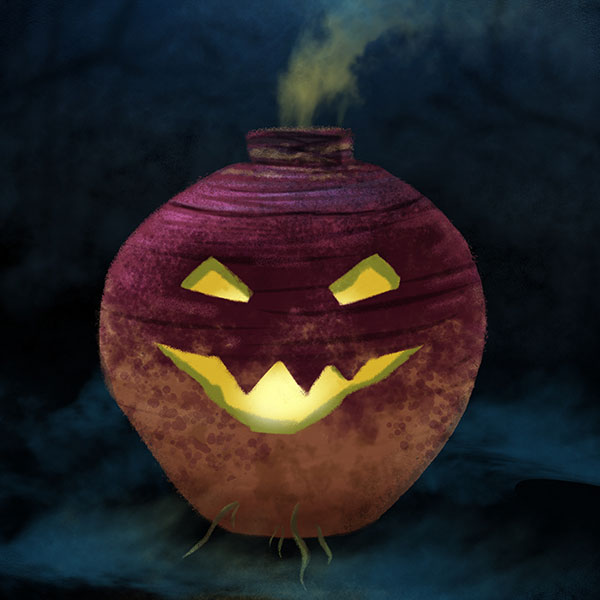
Turnip Jack-o'-lantern

Jack-o'-lanterns

Pumpkin & Cat Card
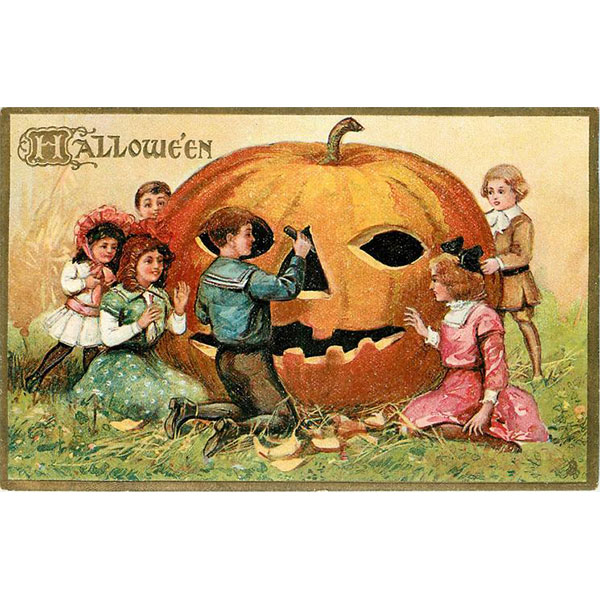
Halloween Card by Raphael Tuck
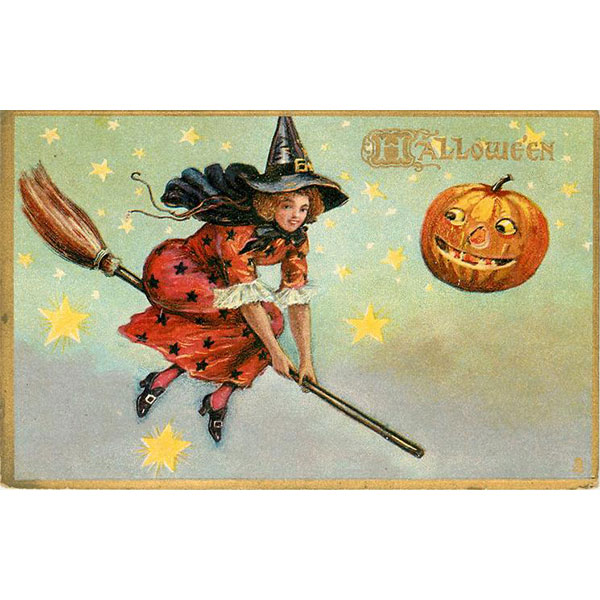
Halloween Card by Raphael Tuck
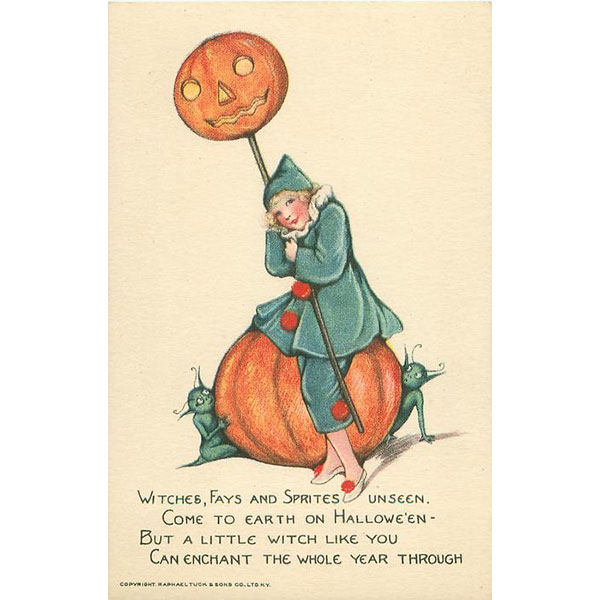
Halloween Card by Raphael Tuck

Halloween Card by Raphael Tuck
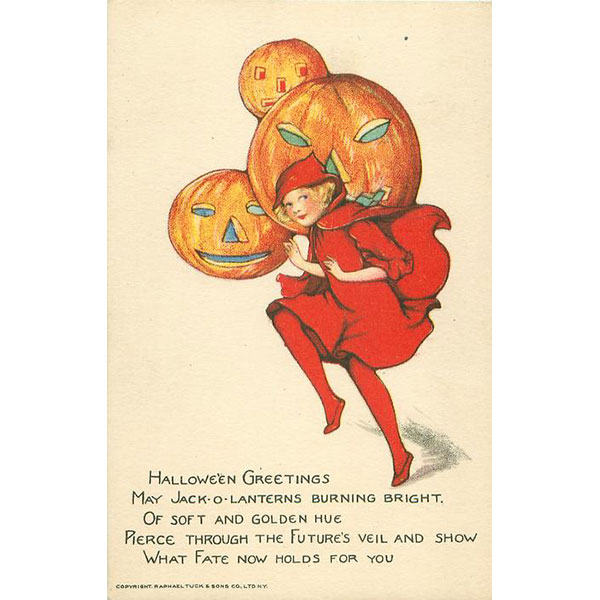
Halloween Card by Raphael Tuck

Halloween Card by Raphael Tuck
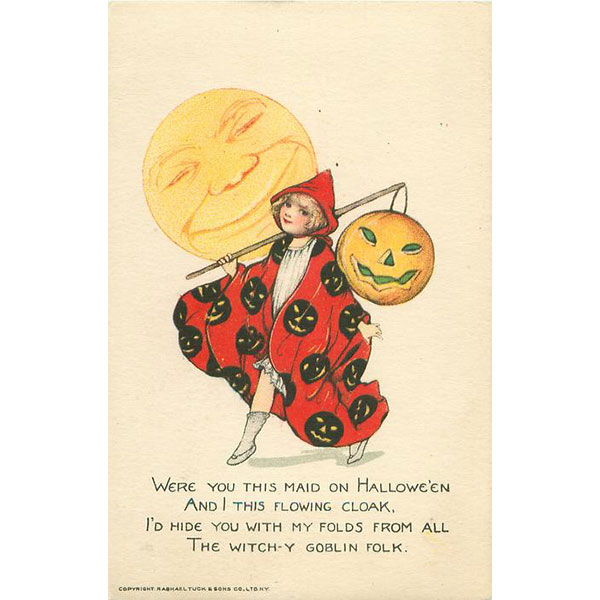
Halloween Card by Raphael Tuck
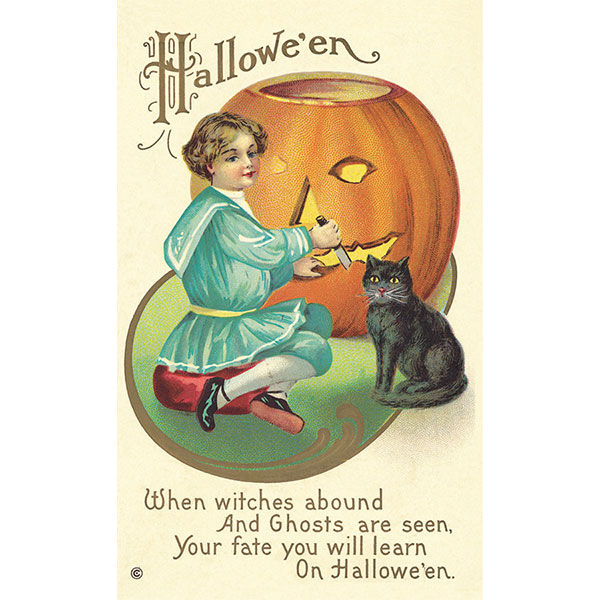
Halloween Card by Raphael Tuck
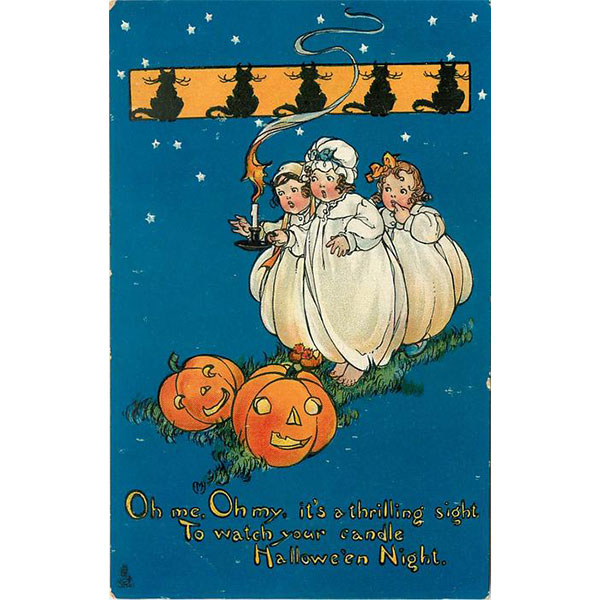
Halloween Card by Raphael Tuck

Halloween Card by Raphael Tuck

Halloween Card by Raphael Tuck
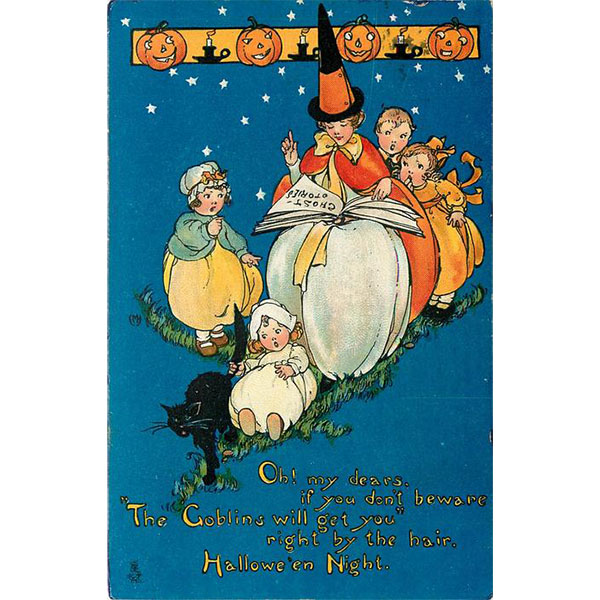
Halloween Card by Raphael Tuck
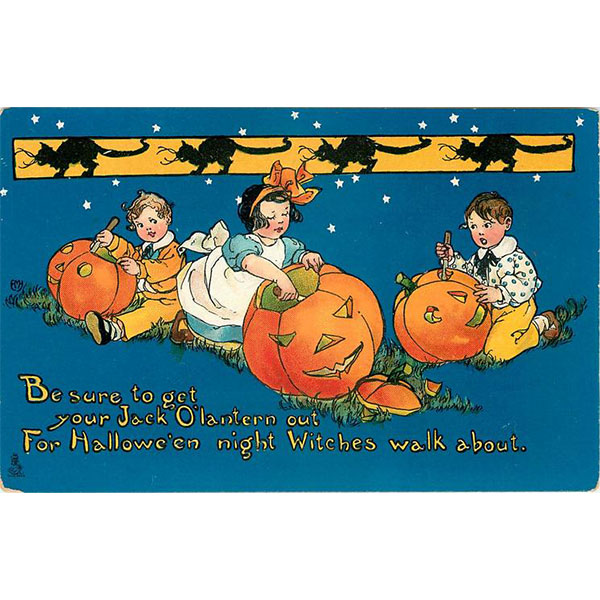
Halloween Card by Raphael Tuck

Cat in pumpkin Halloween Card
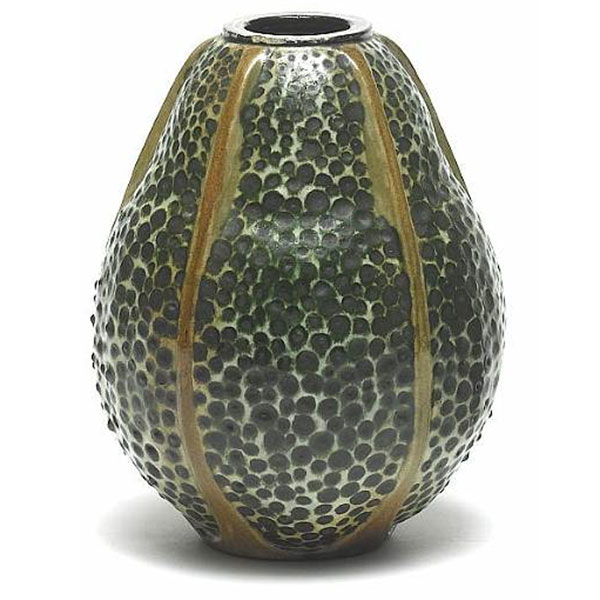
Martin Brothers Gourd Vase by E. Martin
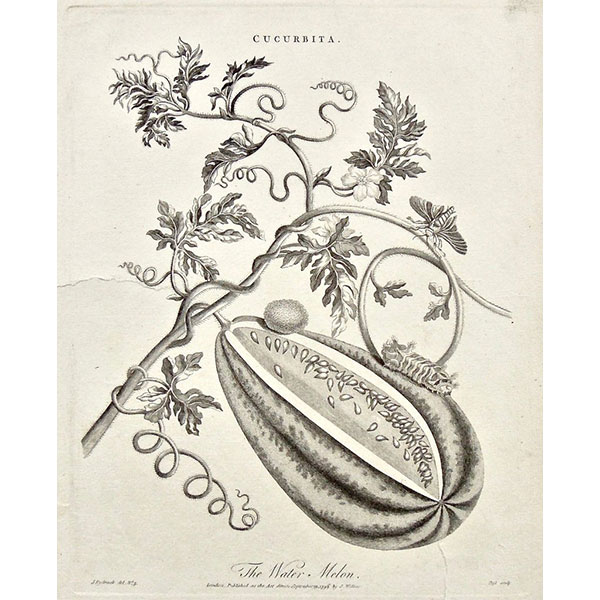
Watermelon Reference found in Martin Brothers Studio
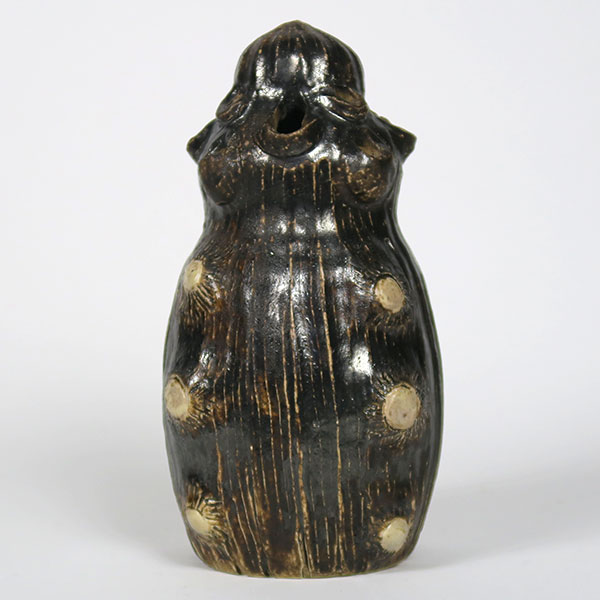
Martin Brothers Gourd Vase by E. Martin
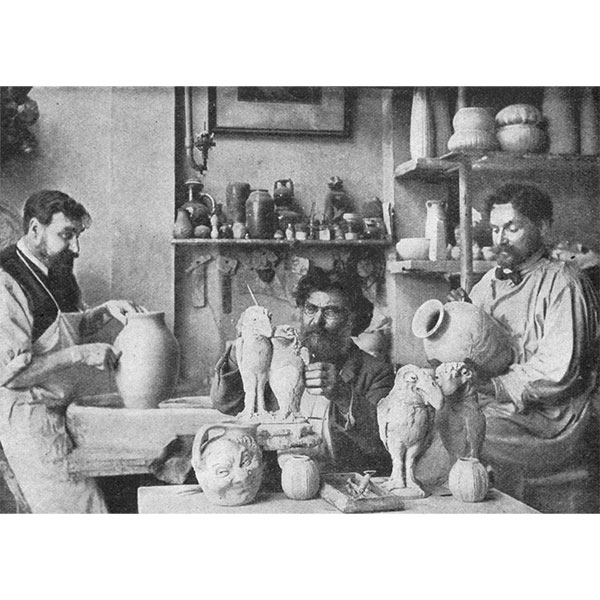
The Martin Brothers
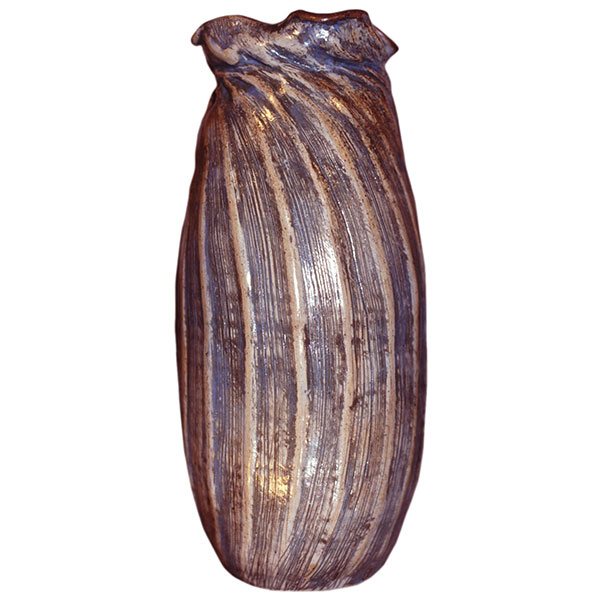
Martin Brothers Yarrow Vase by E. Martin

Marrow
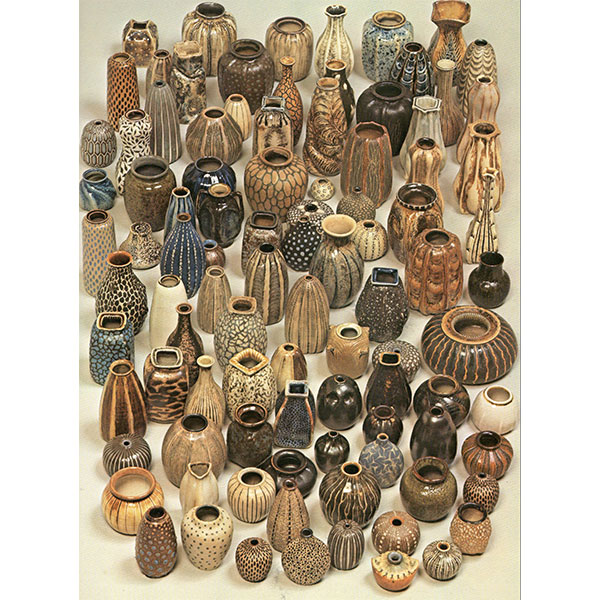
Martin Brothers Gourd & Pumpkin Vases

Martin Brothers Miniature vases

Miniature Jack-o'-lanterns by A. Meiklejohn

Miniature Jack-o'-lanterns by A. Meiklejohn
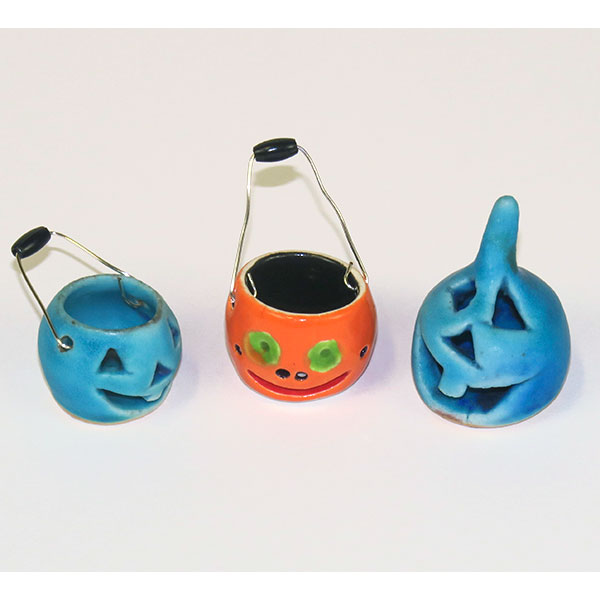
Miniature Jack-o'-lanterns by A. Meiklejohn
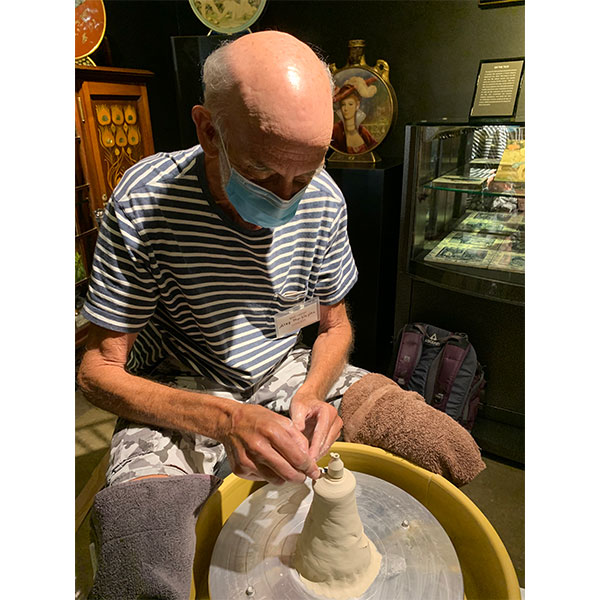
Alex Meiklejohn making a miniature vase

Royal Doulton Flambe Pumpkin Vases
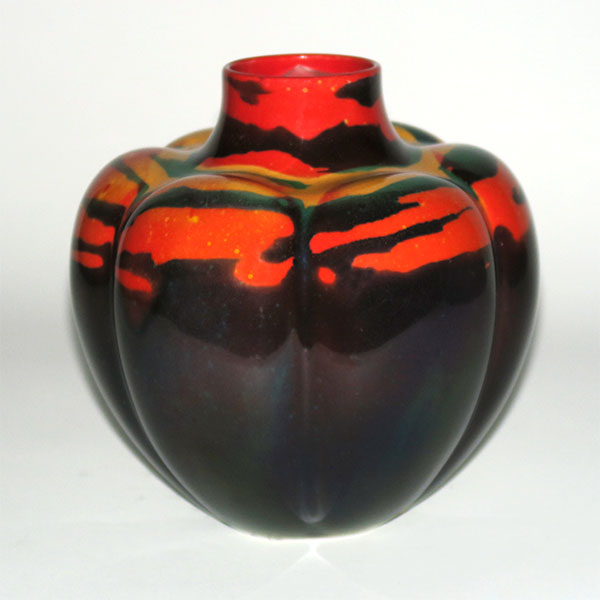
Royal Doulton Flambe Pumpkin Vase

Royal Doulton Flambe Pumpkin Vase

Royal Doulton Flambe Pumpkin Vase
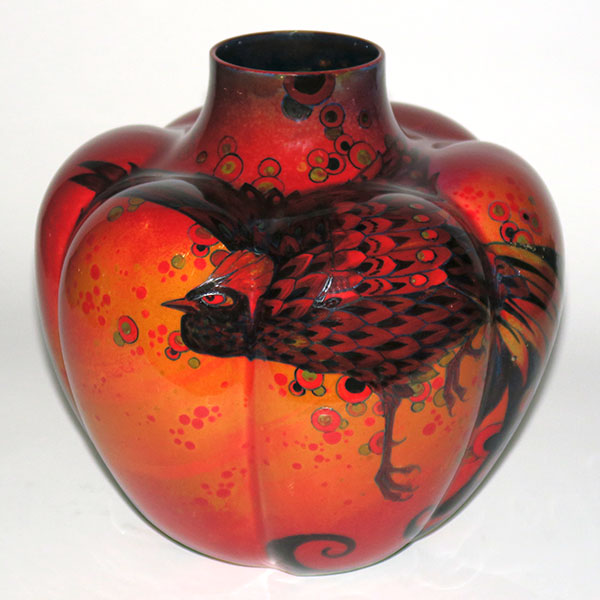
Royal Doulton Flambe Pumpkin Vase
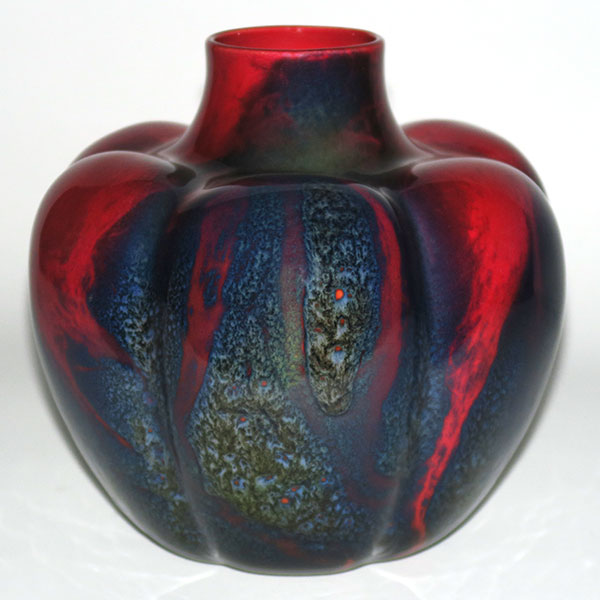
Royal Doulton Flambe Pumpkin Vase
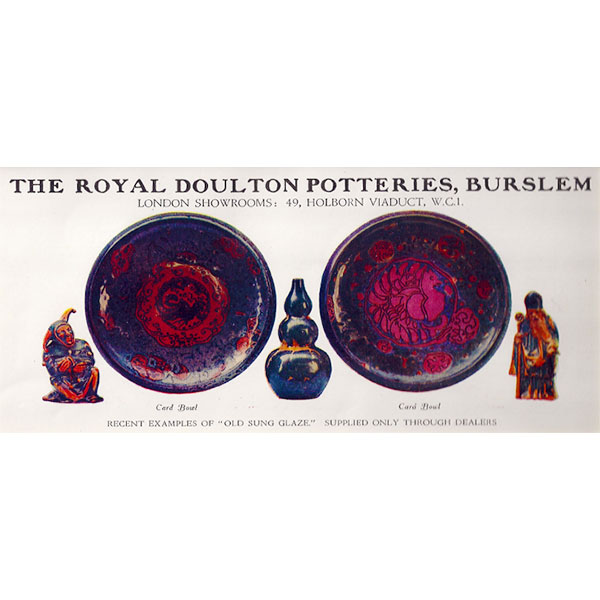
Royal Doulton Flambe Ad with Gourd Vase

Royal Doulton Flambe Gourd Vase
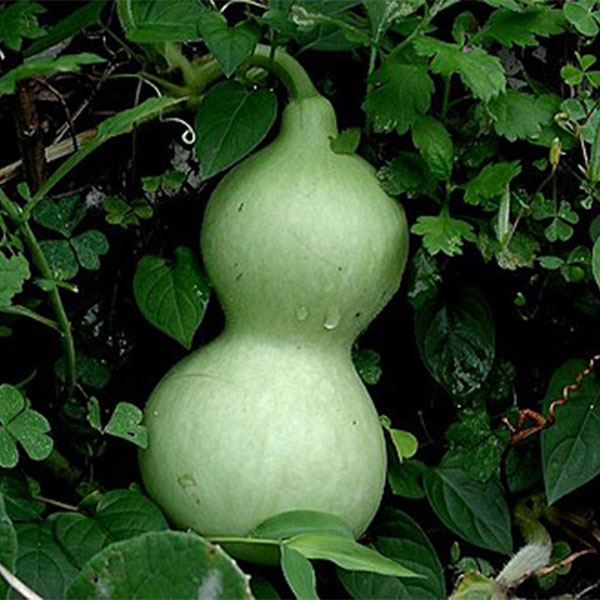
Green calabash on its vine

Royal Doulton Flambe catalog page

Bernard Moore Gourd Vase
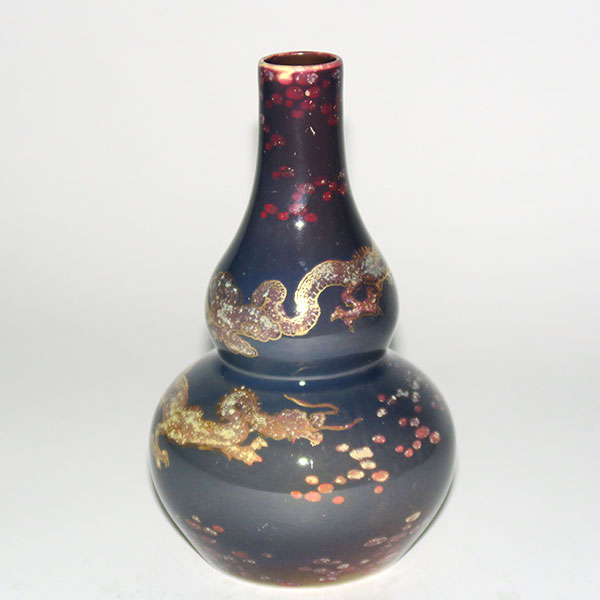
Bernard Moore Gourd Vase
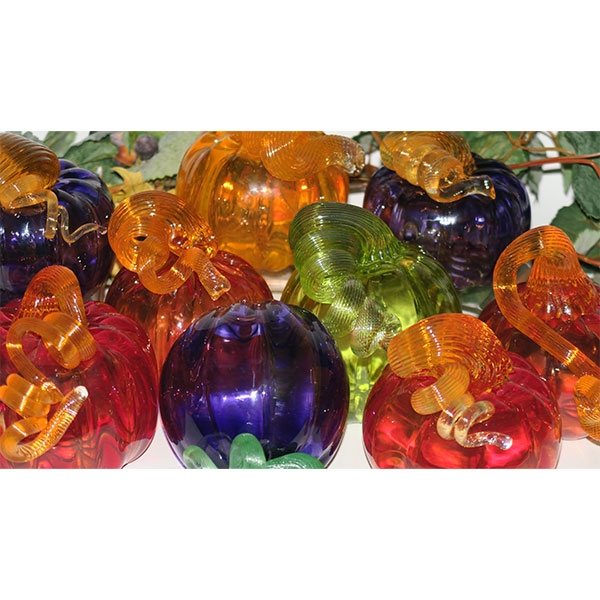
Glass Pumpkins by R. Stern

Green Pumpkin by R. Stern

Orange Pumpkin by R. Stern
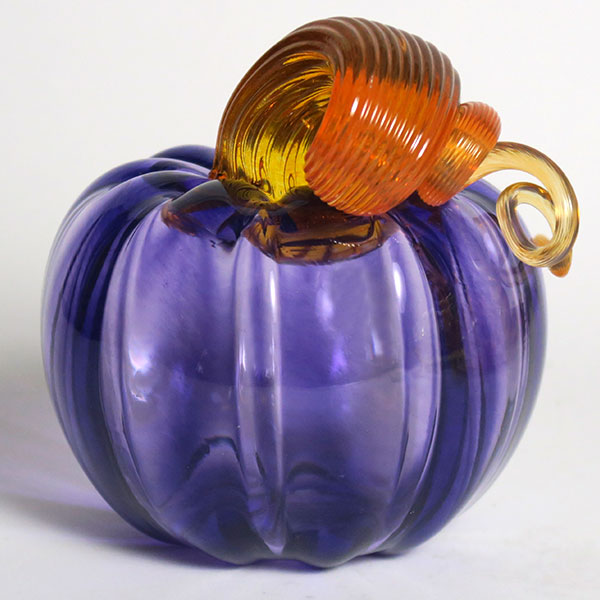
Purple Pumpkin by R. Stern
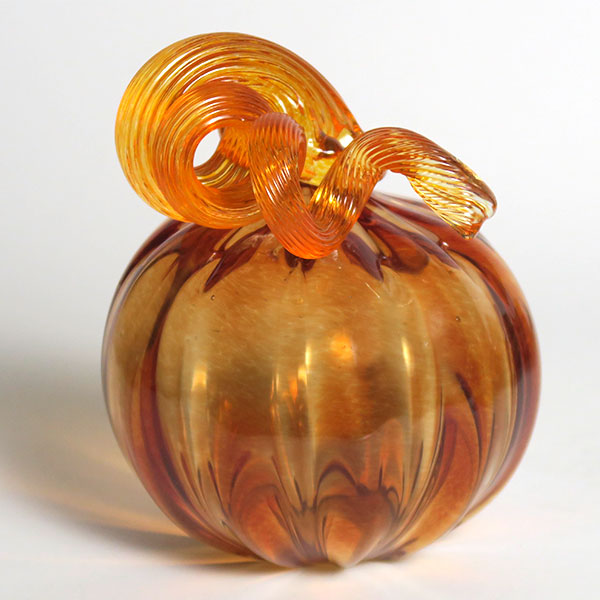
Orange Pumpkin by R. Stern

Purple Pumpkin by R. Stern
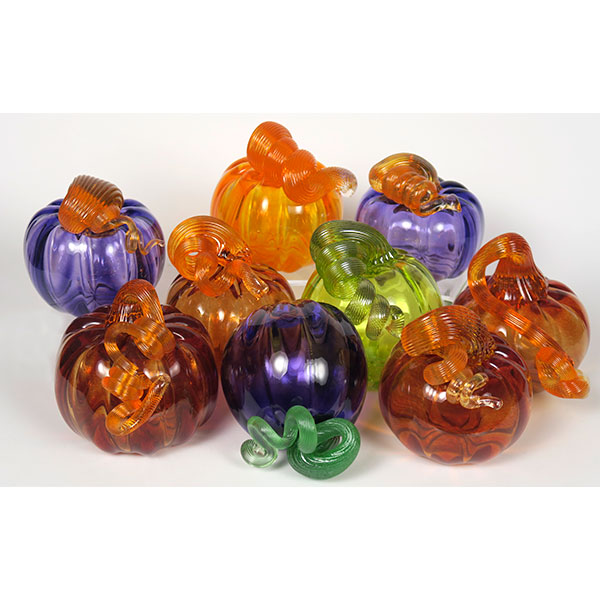
Pumpkin Group by R. Stern
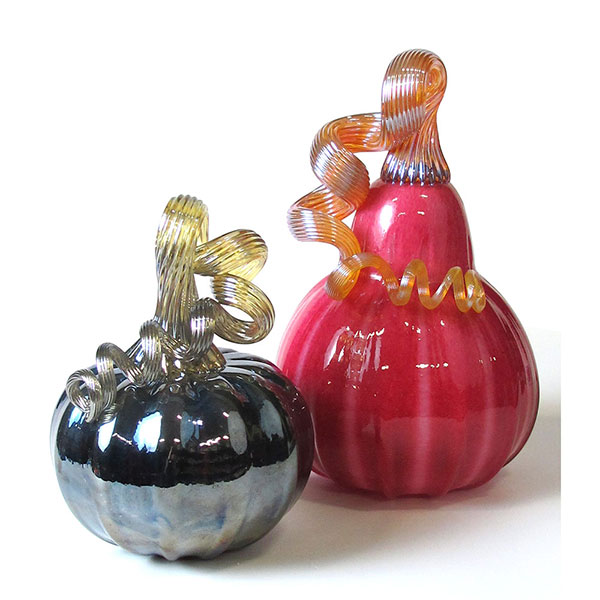
Pumpkins by J. Fradis
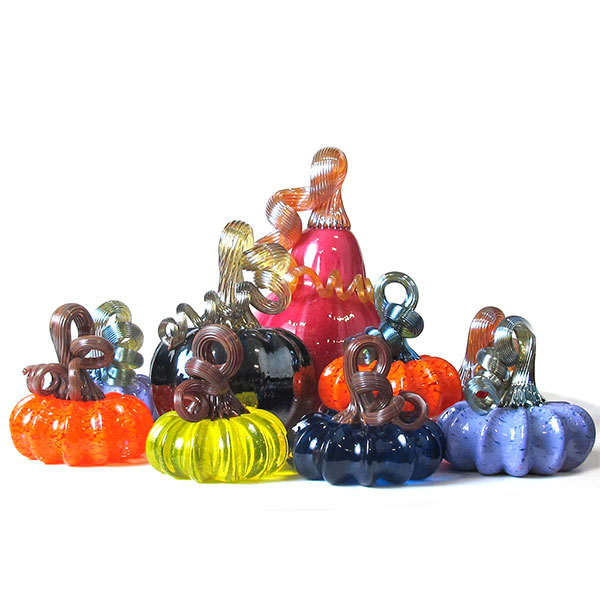
Pumpkin Group by J. Fradis

Pumpkin by J. Fradis
